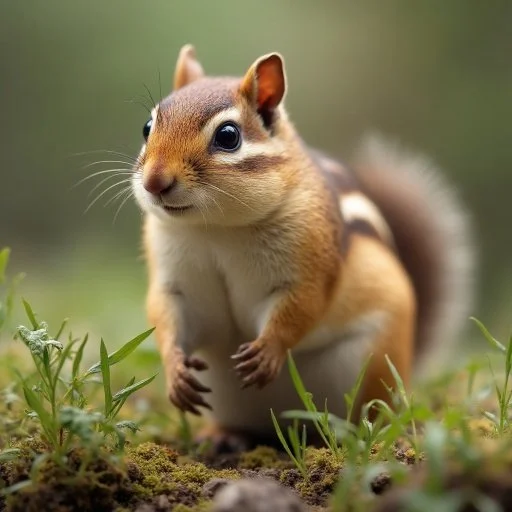Are you tired of those creepy critters?
CHIPMUNK
In the New York and New Jersey area, you can find several species of chipmunks, but the most common one is the Eastern Chipmunk (Tamias striatus). While chipmunks are generally solitary animals, they can sometimes become a nuisance when their population increases or when they start causing damage to property. Signs of a chipmunk infestation include burrows found in areas of loose soil, surface tunnels, small piles of seeds, nuts, or other food items near burrow entrances, and damaged vegetation, While chipmunks are small and seemingly harmless creatures, they can cause several types of damage when they infest residential or commercial properties. These damages include garden and landscape damage, erosion/soil compaction issues, damage to outdoor furniture or garden hoses, and an increased fire risk since chipmunks may collect and store flammable materials such as dry leaves, twigs, and grass in their burrows.
Overall, while chipmunks may seem harmless at first glance, their presence can lead to various forms of damage and nuisance. Implementing effective control and exclusion measures is essential to manage chipmunk populations and mitigate potential damage to property and landscapes. We will treat chipmunk infestations by:
Conducting a thorough inspection of the property to identify signs of chipmunk activity, including burrows, tunnels, feeding areas, and potential entry points.
Exclusion methods are typically preferred for managing chipmunk infestations. This involves sealing off entry points and installing barriers to prevent chipmunks from accessing the property.
Live trapping may be used as a supplementary method to capture chipmunks already present on the property. Humane live traps are set in strategic locations near burrow entrances or feeding areas, baited with attractive food items such as seeds or nuts. Once captured, chipmunks are safely removed from the property and released in suitable habitats away from human dwellings
